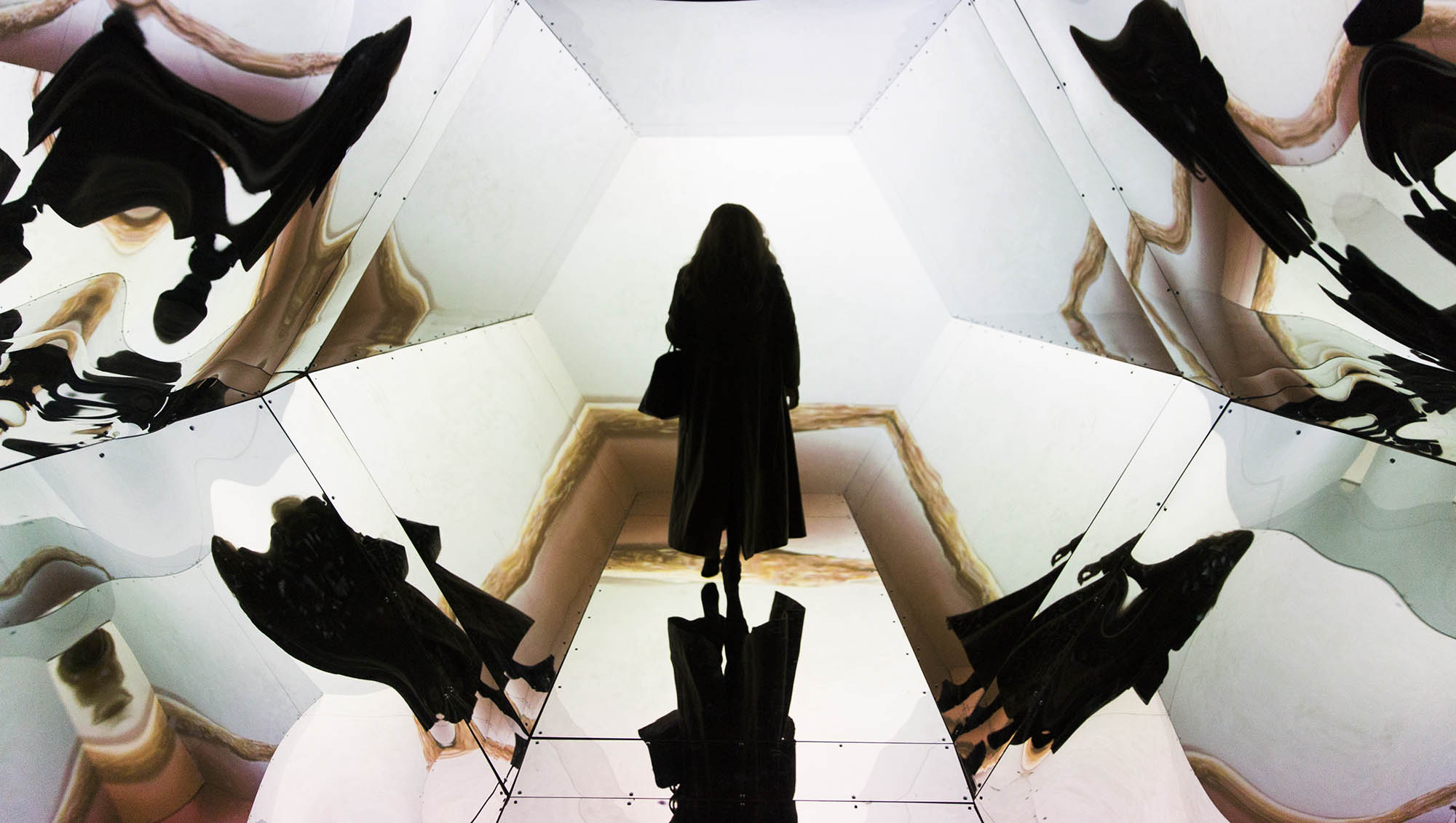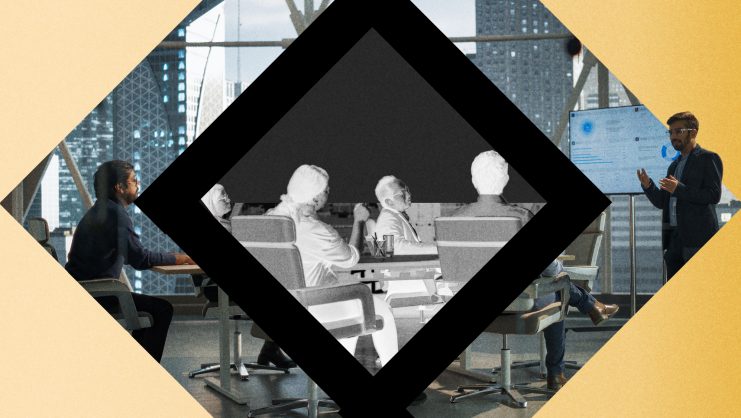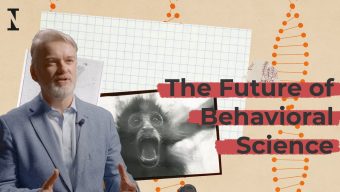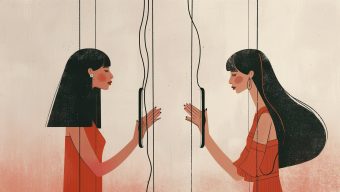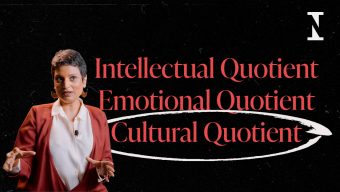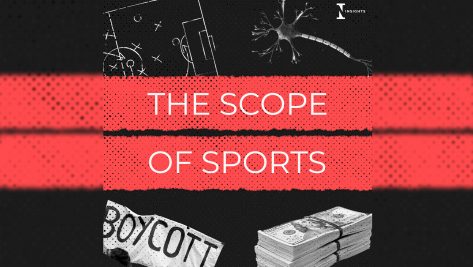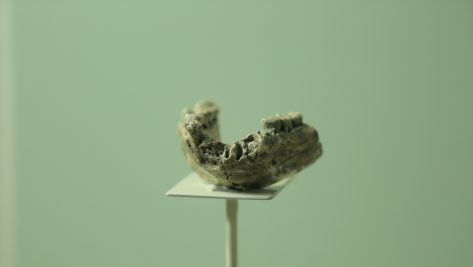In recent weeks, social networks and the news media have highlighted numerous surprising examples of individuals, groups, and institutions that have responded to adversity with extremely creative, stimulating, solidarity-minded initiatives and actions expressing an emotional and often artistic sensibility. We have seen and shared humanistic celebrations of culture and art as forms of nourishment that provide enjoyment and well-being and expand the limits of the mind, helping us make sense of the world and, ideally, enabling us to analyze and solve problems and make better decisions from more diverse and enriching perspectives.
True to their purpose, many cultural centers and museums—as well as many artists—have taken steps to make their artworks accessible during lockdown via digital formats and channels. The result—a different and more intimate encounter with art as a vehicle for inspiration and enjoyment—has helped us feel less isolated and vulnerable during this crisis. At the end of the day, these efforts will undoubtedly bolster the positive impact of art on people and society—an impact that Íñigo Sáenz de Miera, General Manager of the Botín Foundation, strives every day to amplify.
Just as we need food to survive, so too do we need literature, music, visual arts, and film for our development as people.
Íñigo, what is the relationship between art and culture, on the one hand, and the positive development of people and societies, on the other?
On the whole, I think this period of confinement has confirmed something we already knew: we need art. Just as we need food to survive, so too do we need literature, music, visual arts, and film for our development as people. Of course you can live without art, but that is not a full life. That’s not a life that allows you to be all you can be.
As far as the development of society is concerned, in Spain it seems a bit ridiculous to ask what role culture plays, but it can’t hurt to recall the extent to which Spain’s cultural heritage is one of this country’s greatest assets. The importance of this heritage extends far beyond its touristic appeal. Much of what Spain has contributed to the world—and, to a large extent, our position in it—comes down to the cultural output of our intellectuals, writers, and artists throughout history. It goes without saying that Spain would not be the same without its cultural heritage.
In the area of personal development, the role of the arts is equally well established, but it may not be widely understood, so it’s worth delving into. In schools in Spain and elsewhere, art has traditionally been seen as an end in itself, not as a vehicle for education. I think this is one reason why we have placed such little importance on artistic training. In this sense, we are all guilty. How many of us have scheduled a child’s dentist appointment to coincide with music class, so as not to skip math, history, or science?
At the Botín Foundation, we have spent many years developing the Botín Center’s Arts, Emotions, and Creativity program and working with the IE Foundation to try to measure its real impact: the processes by which the arts contribute very clearly and very specifically to our personal development, particularly the development of our creativity. If anything, creativity is more necessary today than ever before, since we are clearly facing new problems that require new solutions.
Being creative means—or, at least, involves—looking at reality from different perspectives. Few things influence our outlook as much as our moods and our emotions. How we look at a problem or an opportunity when we are happy bears little resemblance to how we look at it when we are feeling frustrated, sad, or fearful.
Few things affect our emotions like the arts: dance, literature, film, music… These things naturally influence our state of mind in ways that have become quite clear to us over the past few months. The social mission of the Botín Center is built upon the triad of arts, emotions, and creativity. We believe that this triad should be front and center as we enter this new stage, because emotional and social intelligence are the keys to getting us out of this situation. Even more than mathematical, technological, and historical knowledge—which are, of course, deeply important—we need confidence, enthusiasm, and tolerance of frustration.
Being creative means—or, at least, involves—looking at reality from different perspectives.
Why is this topic of such interest to the Botín Foundation?
The Botín Foundation is a charitable organization but, in keeping with European tradition and the nonprofit sector, we do not simply give away resources to other institutions so that they can operate. Instead, from day one, we have been dedicated to intervening in society through our own social programs, with the aim of contributing to wealth generation and development.
As I alluded to before, this is what explains our interest. We are convinced that culture and the arts are among the most important drivers of development, so it makes perfect sense for us to keep working along these lines.
In any case, we hope that the research project we have undertaken with the IE Foundation will help us confirm this. Together, we hope to measure how and to what extent the arts really do contribute to enhancing our creativity. We have already studied this effect on the individual level, particularly in collaboration with Yale University, and will continue to do so. The challenge now is to measure the effect on the macro level: we want to ascertain the degree of creativity in the area surrounding the Botín Center and repeat this measurement every year—or however often we deem appropriate—to determine whether the arts really make Santander a more creative city in the medium and long term.
Since the Botín Center in Santander is the Botín Foundation’s flagship initiative in this area, can you point to any specific examples of activities that have had a clear impact?
Since before the Botín Center even existed, we have been organizing workshops, designed by Yale University, on developing creativity through the arts. The real impact of these workshops has been measured and published in scientific journals. In addition, over the past year we have started working with IE to explore the possible impact on the creativity of people who have taken part in our activities—exhibits, concerts, film series, etc. Our preliminary findings very clearly suggest that people who have a relationship with these activities—especially those who take part in them repeatedly—feel capable of developing more creative thoughts and, most importantly, applying that creativity in their daily lives. These findings will be published shortly.
Digital content is certainly a good complement, but we believe it is no substitute for the experience of direct, personal contact with art.
All over Spain, artistic and cultural activities had to be abruptly suspended because of the coronavirus crisis. How is the Botín Foundation dealing with this? How do you plan to project what you have learned into the future?
Our sadness at having to close the Botín Center has been amply offset by the excitement of reopening just one day after we were allowed to do so. This period has encouraged us, like many others, to work on the development of digital content. But it has also prompted profound self-reflection and got us thinking about what role the arts can and should play in people’s lives. We are convinced that this break will be good for us in the long run.
In any case, although digital content is certainly a good complement, we believe it is no substitute for the experience of direct, personal contact with art. For the arts to contribute to the development of creativity, there has to be a personal encounter, which entails an element of risk—facing up to everything that you are experiencing. This is only possible, I think, in a physical setting. Relatedly, the Botín Center has never allowed visitors to take photographs, and not just because it could damage the artworks. We also want to prevent screens from coming between people and the art, like a defensive shield. This policy was hotly debated by the Foundation’s fine arts advisory committee. Although people sometimes don’t understand it, we believe this is the right way forward. As it happens, more and more institutions are following our lead. In a way, the photography issue can help us think about the extent to which digital access to art can or cannot serve as a substitute for personal experience—which, as I said before, we consider very necessary and essential.
In 2018, the Botín Foundation, IE University, and the IE Foundation signed a collaboration agreement that opened up a new line of research led by Dr. Patricia Gabaldón. The aim of the project, which complements other initiatives developed by the Botín Foundation in collaboration with Yale University, is to measure the direct and indirect impact of the Botín Center on Santander’s social and economic development and on the personal and professional well-being of local residents over time.
© IE Insights.



